 Back to the Be Inspired Blog
Back to the Be Inspired Blog
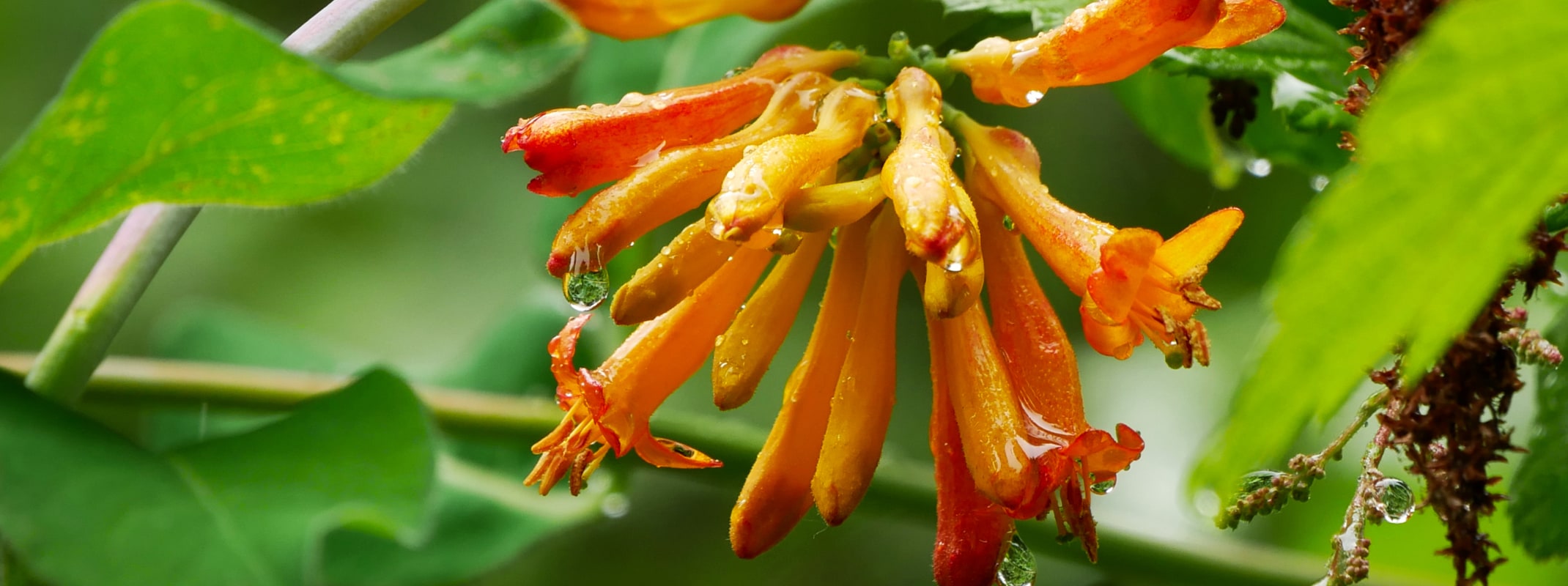
Native Vines For Late Summer And Fall Color
There’s something enchanting about the sight of vibrant vines weaving their way across facades, arbors, and pergolas, creating living tapestries that change with the seasons. Here in California, native vines bring fairytale-like beauty while supporting the local ecosystem. From colorful blooms and juicy berries to glossy foliage that shifts hues through the year, these plants are a gift to any garden.
If your yard feels like it’s missing something as the summer winds down and spring flowers fade, native vines could be the perfect solution. Not only are they stunning, but they’re also incredibly easy to care for and adapt beautifully to California’s climate. Let’s explore some of our favorite native vines to add late-summer and fall charm to your garden!
California Honeysuckle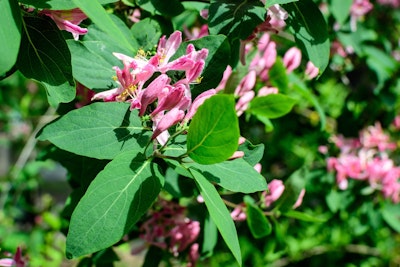
(Lonicera hispidula) This native beauty brings candy-pink, trumpet-shaped flowers that are irresistible to hummingbirds and pollinators. Once the blossoms fade in late summer, they’re replaced by clusters of shiny red berries that hang like delicate ornaments.
- Light: Full sun to partial shade
- Soil: Well-drained; thrives with little water once established
- Height: Up to 20 feet
- Care: Drought-tolerant, needing minimal supplemental watering after establishment. Water only during prolonged dry spells in summer.
Western White Clematis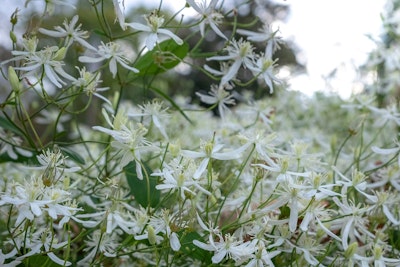
(Clematis ligusticifolia) Nicknamed "Old Man’s Beard" for its fluffy white seed pods, this vine is both charming and functional. Its white flowers bloom from June to September, followed by seed pods that ripen into feathery clusters. This vigorous grower adds a whimsical touch to tall trees or pergolas.
- Light: Full sun to partial shade
- Soil: Adaptable to most well-draining soils
- Height: Up to 60 feet
- Care: Thrives in natural rainfall but appreciates extra water during extended droughts.
Western Trumpet Honeysuckle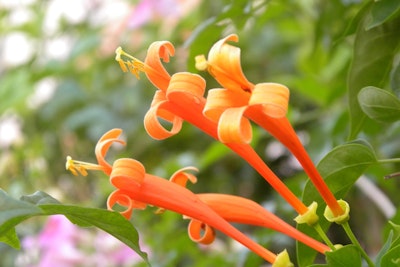
(Lonicera subspicata) This vine’s neon-orange, trumpet-shaped flowers are a magnet for hummingbirds, while its symmetrical leaves provide a striking backdrop. Western trumpet honeysuckle is evergreen in mild climates, ensuring year-round beauty.
- Light: Full sun to partial shade
- Soil: Tolerates a wide range of soils, including sandy and clay
- Height: 15–20 feet
- Care: Train onto a trellis or arbor early. Requires minimal watering once established.
American Vetch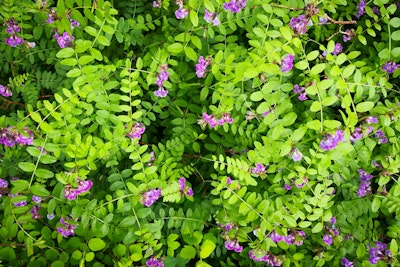
(Vicia americana) A petite vine that brings amethyst-purple blooms from May through September, American vetch is perfect for smaller spaces or ornamental trellises. Its reddish-brown seed pods appear in autumn, adding seasonal interest.
- Light: Full sun to partial shade
- Soil: Adaptable, thrives in moist to well-drained soil
- Height: About 3 feet
- Care: Low-maintenance and drought-tolerant once established. Attracts beneficial insects to your garden.
Purpleleaf Grape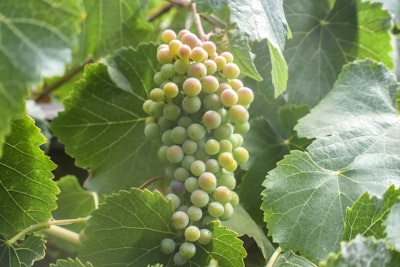
(Vitis californica) True to its name, this grapevine showcases deep purple foliage that transitions to a fiery red in autumn. In summer, it produces dark, almost-black grapes that are both decorative and delicious.
- Light: Full sun
- Soil: Loose, well-drained soil
- Height/Spread: 20–30 feet
- Care: Provide moderate watering during dry periods. Regular pruning helps maintain its shape and fruit production.
Why Choose Native Vines for Your Garden?
Native plants like these vines are naturally adapted to California’s climate, requiring less water and maintenance. They also play an essential role in supporting local wildlife by providing food, shelter, and nesting materials for birds, bees, and butterflies. Plus, their rapid growth and seasonal changes ensure your garden is always dynamic and colorful.
Whether you want to cover a wall with lush greenery, create shade with a pergola, or add pops of vibrant color to your yard, these native vines are a fantastic choice. With their minimal care requirements and stunning visual appeal, they’re a must-have for any California garden.
Ready to Add a Touch of Magic?
Transform your yard with these elegant native vines and enjoy a garden that looks straight out of a storybook. Visit SummerWinds Nursery to explore our wide selection of native and adapted plants, and let our garden experts help you create your dream landscape.

